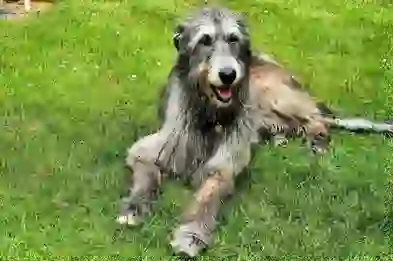
Irish Wolfhound
Irish Wolfhound
Irish Wolfhound
Have you heard of the dog breed 'Irish Wolfhound'? It is the largest dog breed in the world. While they are sometimes kept as pets in Japan, they are not very common. Many people may have never seen one. This article will introduce the Irish Wolfhound!
Irish Wolfhound Basic Infomation
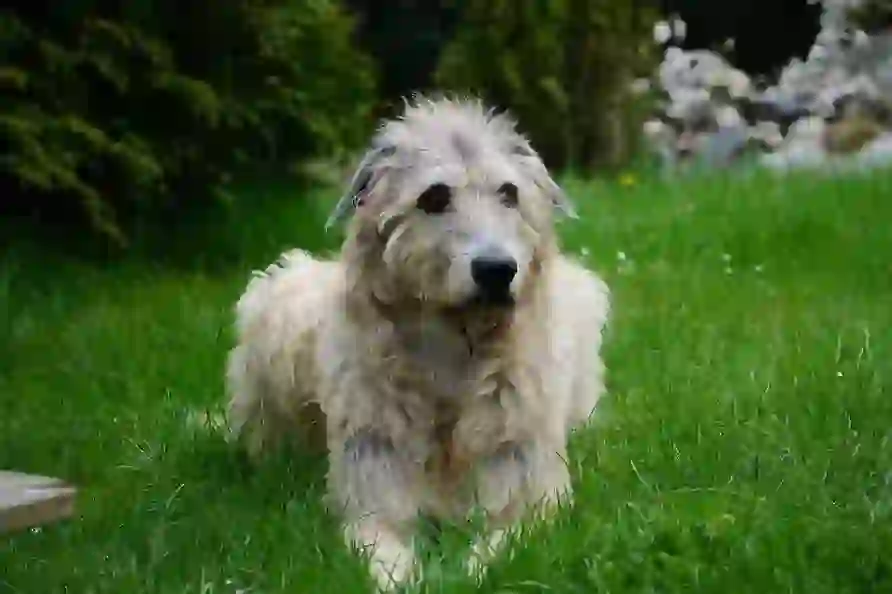
Basic Information
Country of Origin: Ireland Height: Males 79-86cm Females 71-76cm Weight: Males 54-70kg Females 40.5-61kg The Irish Wolfhound is famous as the 'largest dog in the world,' with a recorded height of over 100cm. When standing on two legs, they can reach a height of 2 meters. Despite their large size, they walk gracefully and have a dignified appearance. However, when they run, they exhibit an impressive presence. They have a very muscular body with a coarse, hard coat. Their coat comes in various colors, including gray, red, black, pure white, and fawn. The head and neck are long and positioned high, making it easier to spot wolves. They have a large chest due to their large heart and lungs, essential for chasing wolves. Their eyebrows and mouth hair are long, and they have floppy ears, adding a cute element to their dignified appearance.
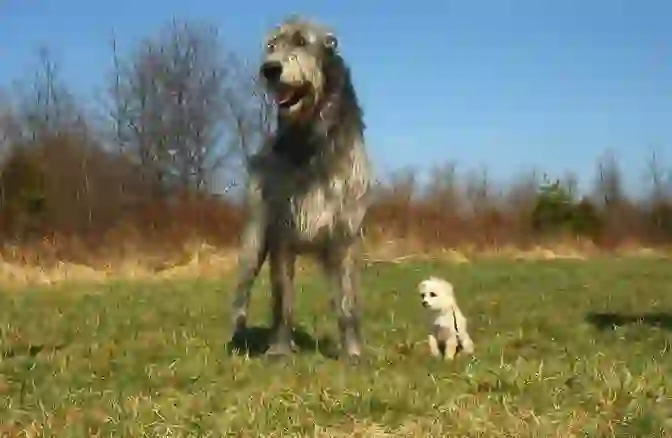
History of the Irish Wolfhound
The Irish Wolfhound is a breed with a very ancient history, with ancestors said to have existed as early as 273 BC. They are believed to have come to Ireland from Greece around the 14th century BC. Initially, the Celtic people of Ireland kept them as hunting dogs for wolf hunting. At that time, wolves were abundant in the forests, causing significant damage. The Irish Wolfhound also hunted elk weighing over 800kg. In the 15th century, Irish farmers were required to keep 24 Irish Wolfhounds. They became an indispensable presence for both the Celtic people and Irish farmers. During the Roman Empire, they were presented as gifts to the royal family. The Romans were so amazed by the large, majestic Irish Wolfhounds that records state, 'All the Romans were astonished.' Such large dogs did not exist back then. Despite their indispensability, the number of Irish Wolfhounds declined. In the 17th to 18th centuries, deforestation and the advent of firearms reduced the wolf population, diminishing the need for Irish Wolfhounds. Furthermore, the Great Famine in Ireland in the 19th century further reduced their numbers to near extinction. In the late 19th century, enthusiasts protected the remaining Irish Wolfhounds and successfully increased their numbers by introducing other large dog breeds, eventually creating the large Irish Wolfhound we know today. Thanks to those who worked hard to save the Irish Wolfhound during difficult times, the breed has survived with its majestic appearance intact.
Irish Wolfhound Q&A

What is the Origin of the Name Irish Wolfhound?
The name Irish Wolfhound combines the origin and job of the breed. 'Irish' means 'of Ireland,' and 'Hound' means 'hunting dog.' 'Wolf' signifies their role in hunting wolves. Thus, the name means 'a wolf-hunting dog from Ireland.' The Irish Wolfhound is also known as the 'Gentle Giant,' reflecting their gentle and friendly nature towards both people and dogs, combined with their large size.

Are There Legends About the Irish Wolfhound?
The Irish Wolfhound was beloved by both nobles and farmers, leading to various legends. The most famous is the story of the Welsh prince Llewellyn and his Irish Wolfhound, Gelert. One day, Prince Llewellyn went hunting, leaving his son under the protection of Gelert. Upon returning, he found Gelert covered in blood and his son missing. Believing Gelert had killed his son, Llewellyn killed Gelert in a fit of rage. Shortly after, he heard his son’s cry and discovered his son safe next to a dead wolf. Gelert had actually killed the wolf to protect the prince's son. Llewellyn regretted his mistake and built a tomb for Gelert, known as 'Beddgelert' (Gelert's Grave) in Wales. This touching story highlights the loyalty of the Irish Wolfhound.
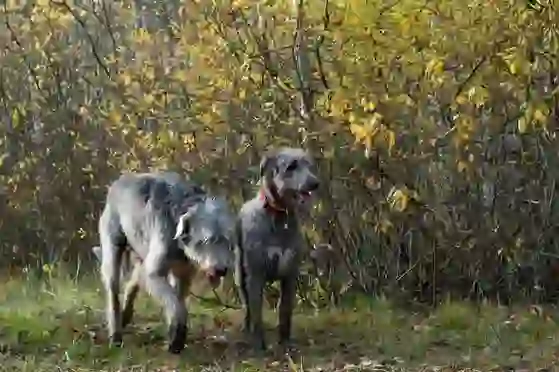
What is the Personality of the Irish Wolfhound?
The Irish Wolfhound is described as 'gentle as a lamb at home, fierce as a lion when chasing prey.' Despite their large size, they have a very gentle and calm temperament. They are powerful, active, and patient, loyal to their owners, and affectionate towards both humans and other animals. However, their friendly nature means they lack a strong sense of caution, making them unsuitable as guard dogs. Their large size may deter strangers, but they do not typically bark at unfamiliar people. Like many giant breeds, they are curious and have a daring spirit, sometimes not realizing their size when trying new things. This can be endearing but also requires careful supervision.
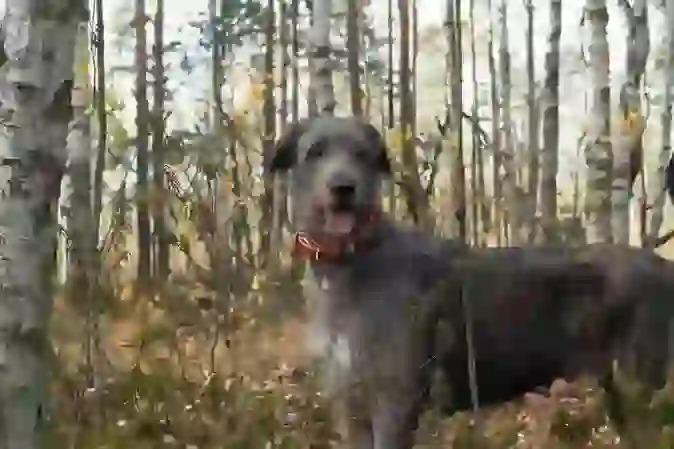
How Do You Care for an Irish Wolfhound?
Irish Wolfhounds are rare in Japan and are not commonly found in pet shops. Breeders are the best source for obtaining one. There are about 100 Irish Wolfhounds kept as pets in Japan. Finding a breeder within Japan may be easier than importing from overseas. Due to their large size, they require a spacious home and a large yard to play in. Long walks are essential, so adequate walking space and the owner's stamina are necessary. It's important to thoroughly understand their size, care requirements, and temperament before deciding to keep one.
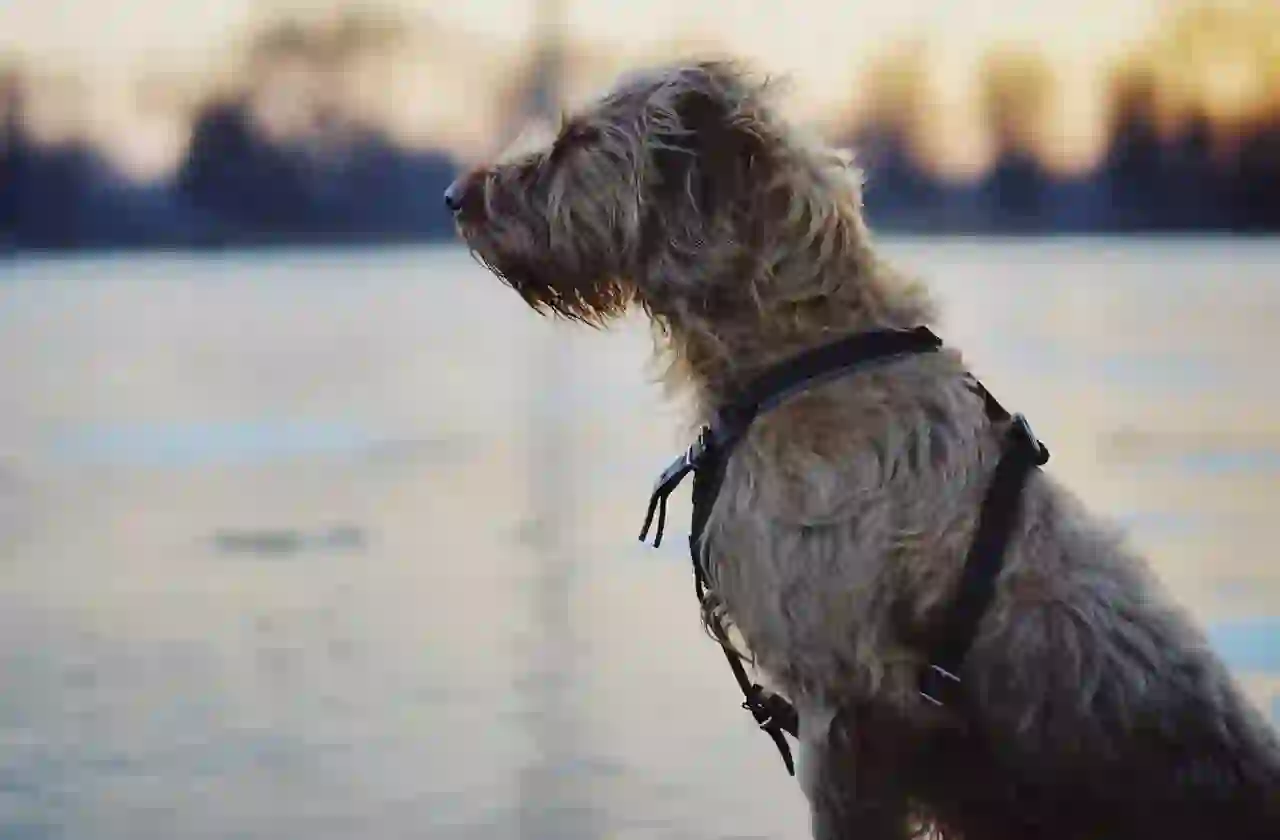
Can Irish Wolfhounds Be Kept Indoors?
Despite their large size, Irish Wolfhounds love spending time with their owners and may do better indoors. Ireland's cool climate means they are more comfortable indoors during Japan's hot summers. Irish Wolfhounds can easily jump over fences, so a secure enclosure or a dedicated room is recommended. Make sure to remove any items that could be damaged or pose a hazard. Maintaining a comfortable temperature with air conditioning is essential, as dogs cannot regulate their body temperature as well as humans. Due to their heavy weight, they need non-slip flooring to prevent falls and padded bedding to avoid calluses and injuries. Elevated food and water bowls are recommended to prevent neck strain. Creating a comfortable environment for both the dog and the owner is crucial.

Do Irish Wolfhounds Need a Lot of Exercise?
Irish Wolfhounds are muscular and require regular exercise. Daily walks of about an hour each are necessary. However, they do not need intense exercise; long walks or jogging are sufficient. Avoid over-exercising to prevent joint damage. Adequate exercise helps maintain their calm demeanor indoors. Lack of exercise can lead to stress, aggression, and obesity, which can cause health issues. Ensure they get enough physical activity to stay healthy and happy.
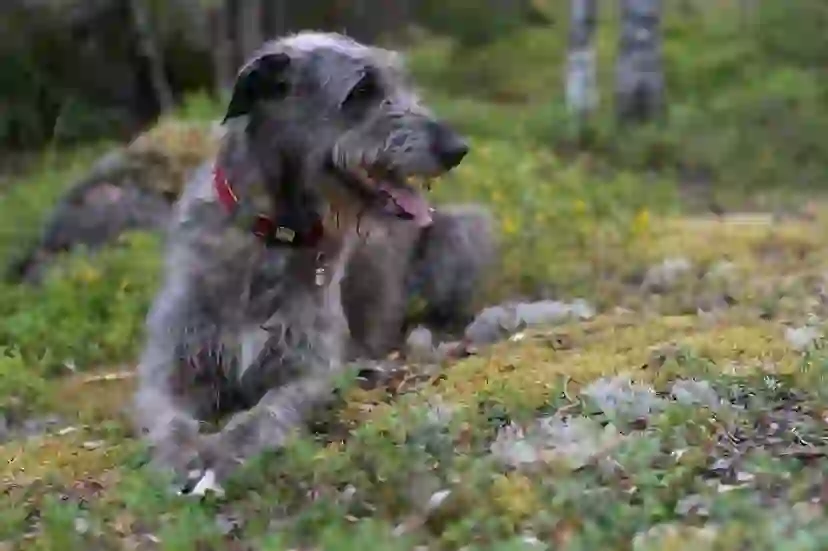
What Do Irish Wolfhounds Eat?
Irish Wolfhounds need a diet labeled 'complete and balanced.' Despite their large appetite, avoid overfeeding. Follow the feeding guidelines on the dog food package and adjust portions according to their growth. Maintaining a balanced diet is crucial for their health. Divide their daily food into 2-3 meals to prevent overeating and related health issues.
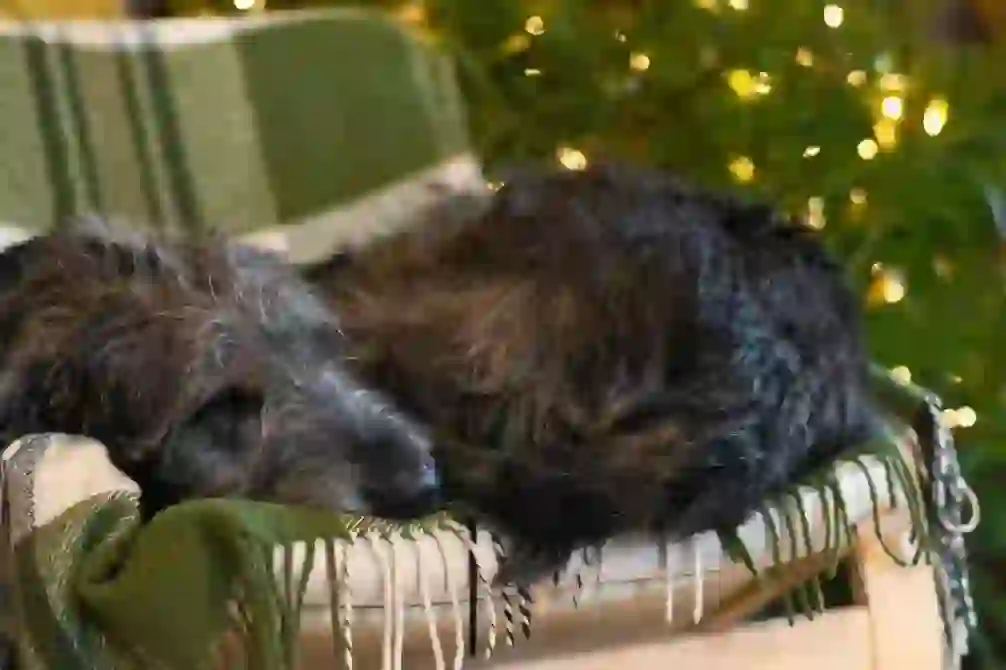
Is It Important to Teach Irish Wolfhounds to 'Wait'?
Training Irish Wolfhounds to 'wait' is essential due to their hunting instincts. They might react to moving objects, so teaching them to wait helps control their movements in various situations. This training is particularly important during walks or when playing with other dogs. Ensuring they respond to commands can prevent accidents and make outdoor activities safer. Building a strong bond with your Irish Wolfhound through positive reinforcement and consistent training is crucial. They respond well to praise, so reward them for good behavior.
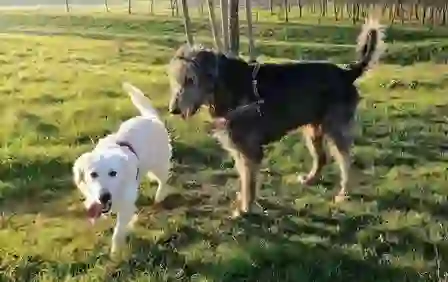
Is Grooming an Irish Wolfhound Difficult?
Irish Wolfhounds have coarse fur that requires regular brushing. Brush them once or twice a week to keep their coat healthy. Due to their large size, grooming can be time-consuming. Bathing an Irish Wolfhound at home may be challenging due to their size. Professional grooming or outdoor baths are recommended. Be prepared for a wet area as they shake off water vigorously. Making the grooming process enjoyable can make it easier.
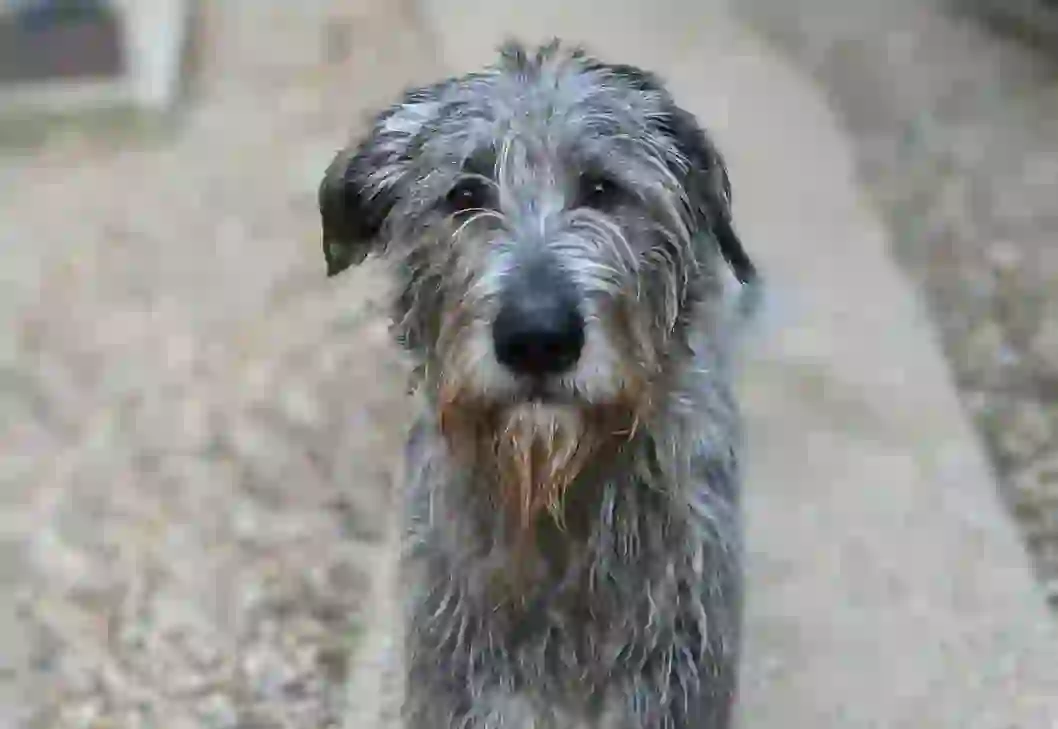
What Health Issues Are Irish Wolfhounds Prone To?
Irish Wolfhounds, like all pets, can suffer from various health issues. Some common conditions include: - Hip Dysplasia: Common in large breeds, this genetic condition causes abnormal hip joint formation. Knowing the health history of the parents is important. - Gastric Torsion: This condition, where the stomach twists, is common in deep-chested dogs like Irish Wolfhounds. Avoid feeding them large meals or exercising immediately after eating. - Dilated Cardiomyopathy: A condition where the heart muscle weakens, common in large breeds. Genetic factors and aging contribute to this disease. Monitor their health and seek veterinary care if needed. Irish Wolfhounds have a shorter lifespan than smaller breeds, typically 6-8 years, with some living up to 10 years. Ensure they live a happy and fulfilling life.

Would you like to become a part of the 'Animalbook.jp'?
Turn your knowledge into Q&A and share it with the world. ※Publication will be activated after purchase. Let's share information together!
Irish Wolfhound Type of List
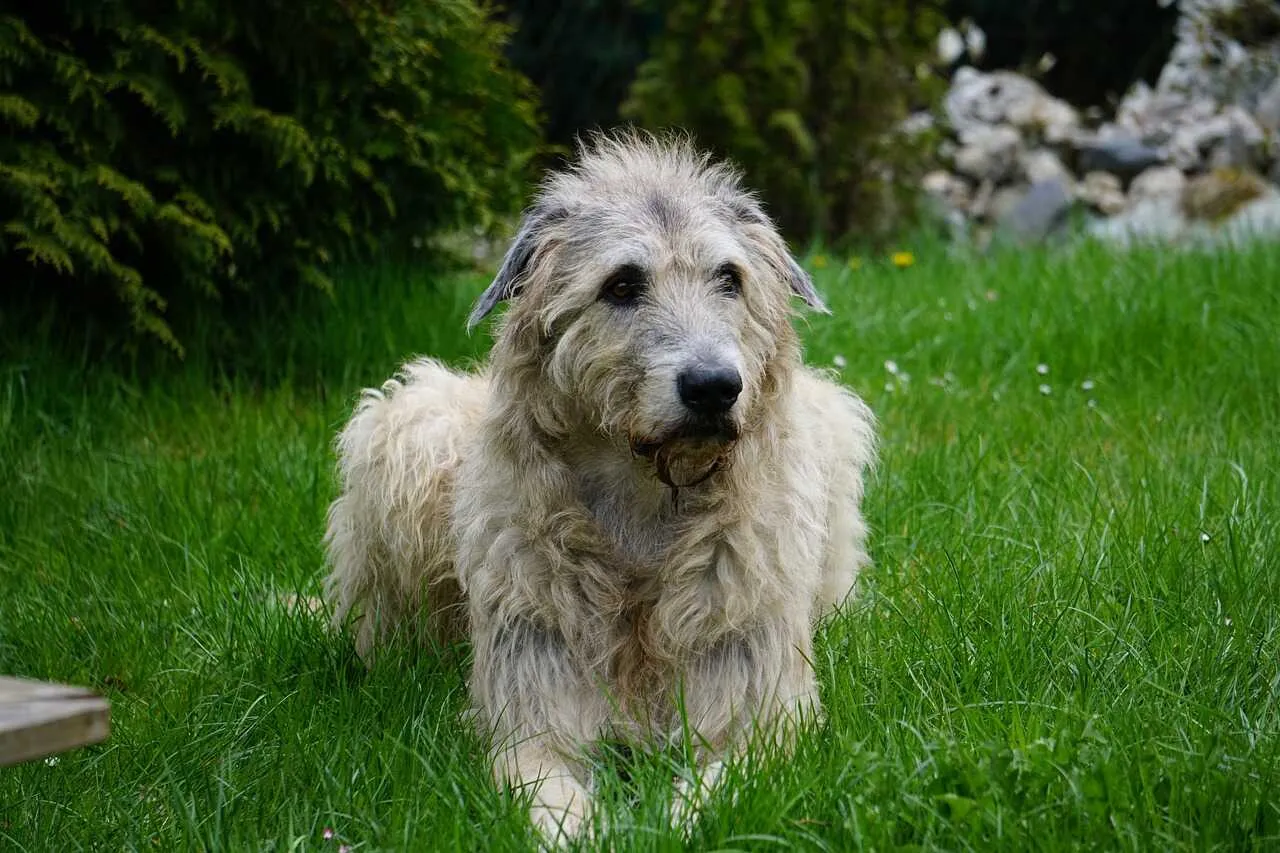
Information
Congratulations! You are the first commenter!

Create Your Favorite List!
Irish Wolfhound
Save the animals you love! Build your own list to quickly revisit your favorites later.

Would you like to leave a comment?
※Please note: This is for the purchase of rights to post comments within the article.
Find Your Favorites!
Our shop offers a unique and attractive selection of goods themed around various animals.
Irish Wolfhound References
Irish Wolfhound Introduction of media used

出典:https://pixabay.com/ja/photos/アイリッシュウルフハウンド-犬-1789938/

出典:https://pixabay.com/ja/photos/アイリッシュウルフハウンド-85578/

出典:https://unsplash.com/ja/写真/黄色い花が咲く野原に立つ犬のグループ–00fRoEejR0

出典:https://unsplash.com/ja/写真/森の中に立つ犬-OrQD_8STaQk

出典:https://www.pexels.com/ja-jp/photo/19066717/

出典:https://unsplash.com/ja/写真/他の犬をなめる犬-2IeFB-VJxVk

出典:https://unsplash.com/ja/写真/地面に座っている犬-hDKGpBANsMU

出典:https://unsplash.com/ja/写真/クリスマスツリーの隣の椅子で寝ている犬-XeOwf13d1NI
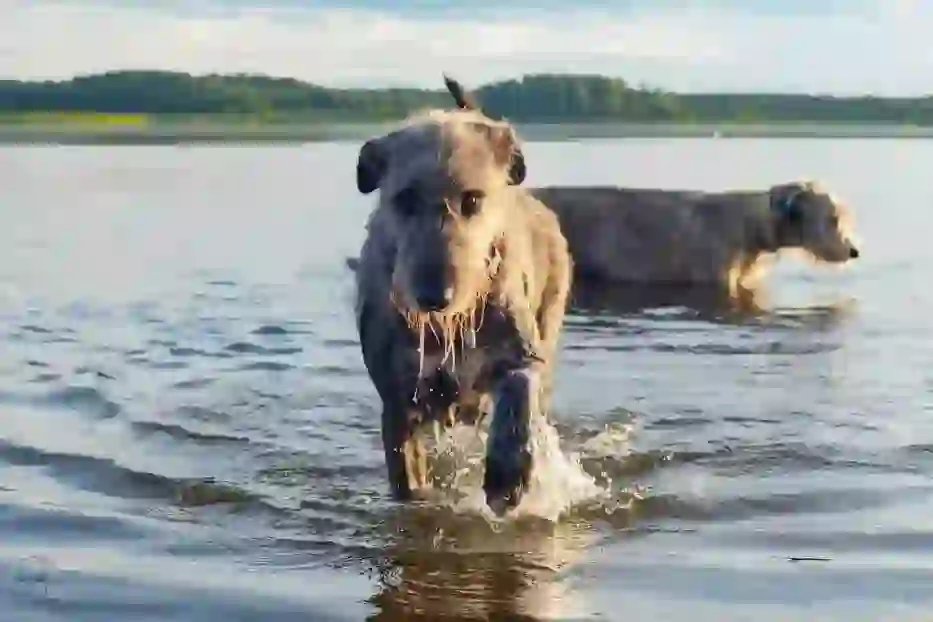
出典:https://unsplash.com/ja/写真/イルカを口に入れて水から飛び出す犬-6RIiQTO8nVs

Help Enrich Our Animalbook.jp with Your Media!
We are constantly looking to expand and enrich our Animalbook.jp with amazing photos and videos of animals. If you have any media that you'd like to share, please contribute and help us showcase the beauty and diversity of the animal kingdom. Your submissions will be credited and featured in our encyclopedia, reaching a wide audience of animal lovers.
















